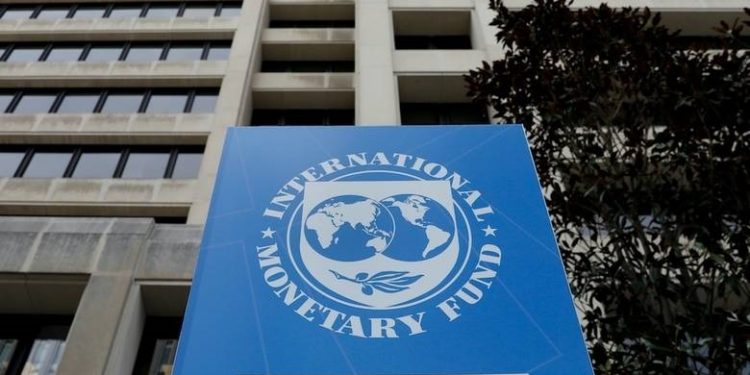The International Monetary Fund (IMF) has agreed to fund the next phase of Kenya’s COVID-19 response. The IMF team made this disclosure after concluding its virtual Mission to Kenya, which took place between October 27th to November 17th, 2020.
Kenya has been negotiating with the IMF on a 3½ year Extended Fund Facility (EFF)/Extended Credit Facility (ECF) arrangement.
“Technical work will continue in the period ahead, with a view to reaching agreement on a program that could be presented to the Fund’s Board in early 2021,” said Mary Goodman, IMF team leader-Kenya.
The next IMF program seeks to provide resources to protect vulnerable groups & reduce debt vulnerabilities. The IMF staff is preparing a report that is subject to management approval, will be presented to the IMF’s Executive Board for discussion and decision.
The IMF Mission said Kenya had suffered an unprecedented shock as a result of the COVID-19 pandemic.
The Fund said that while Kenya’s economy has been picking up from a trough in April-May, the resilient services sector continues to face challenges, making the outlook uncertain as effects of COVID-19 surges.
IMF on Kenya’s Rising Public Debt
The mission raised concerns over Kenya’s rising public debt levels and weaknesses within some of the state-owned enterprises; a situation made worse by the COVID-19 pandemic.
While the Central Bank of Kenya(CBK) has instructed lenders to issue loan repayment moratoriums while also asking telcos to waiver fees on cash transfers below KSh 1,000, effects of these measures on earnings of banks and mobile firms have been adverse.
The ongoing lockdown within the European Union has also hit demand for Kenya’s key export products such as tea, coffee, horticulture as well as tourism and the hotel industry.
Without depleted IMF budgetary support, the CBK has been under pressure to stabilize the Kenya Shilling in recent months and weeks. The Monetary Authority’s use of forex reserves has also been limited as a decline in inflows deplete this reservoir.
The Kenya shilling on Friday’s intraday trading session touched a new record low of 110.2800 against the US Dollar, mainly driven by an increase in importer dollar demand as well as concerns about the impact of the virus on the country’s export earnings.
ALSO READ;
Kenya Flower Exports Take a Blow From Lockdowns Across Europe
Kenya Shilling hits 110 against US$ on Covid-19 2nd wave jitters
The latest weekly bulletin from CBK shows that official foreign exchange reserves were at US$ 7.9 billion as of November 19, 2020. This compares to a month ago when it was at US$8.2 billion when markets closed on October 22, 2020.
IMF said Kenya’s rising public debt had reached 65.9% of GDP in the previous 2019/20 financial year, a position that could have worsened.
Figures from CBK and National Treasury shows that Kenya’s public debt has risen from KSh 5.8 Trillion in July 2019, to KSh 6 trillion in December 2019, KSh 6.7 trillion in June 2020 and KSh 7.1 Trillion by September 2020.
The mission notes that while Kenya’s agriculture sector remains strong due to above-average rainfall, the resilient services sector has suffered a significant contraction in output. Activity has generally been picking up from the trough in April-May, but with remaining weakness in the tourism and education sectors among others.
The IMF has recommended that Kenya reduce its debt over time through a fiscal consolidation plan centred on raising tax revenues.
The Fund also wants Nairobi to revise the 2020/21 budget to address, among others, weakness in state-owned enterprises and other pressure points as well as some elements of Kenya’s medium-term strategy.
ALSO READ:
Kenya Railways Corporation losses hit KSh 24.2 Billion
Kenya in Discussion with IMF for Budgetary Support
Kenya’s Huge Public Debt Bill raises Red flags
Kenya’s Earnings From Avocado Exports Rise by 40%
Kenya to Defer $690 Million under G20 Debt Relief Initiative




